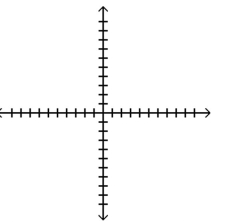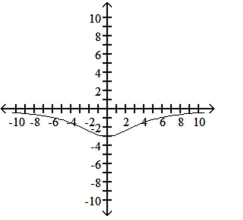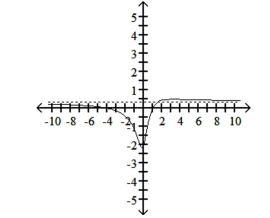Multiple Choice
Graph the function, showing all asymptotes (those that do not correspond to an axis) as dashed lines. List the x- and
y-intercepts.
- 
A) No -intercepts, -intercept: ;
B) No -intercepts, -intercept: ;
C) x-intercepts: and ,
D) x-intercepts: and , y-intercept: ; -intercept: ;
Correct Answer:

Verified
Correct Answer:
Verified
Q1: Find the vertical asymptote(s) of the
Q2: Use the leading-term test to match
Q3: Find the horizontal asymptote, if any,
Q5: Use Descartes' Rule of Signs to
Q6: Provide the requested response.<br>-Suppose that a
Q7: Find the requested polynomial.<br>-Find a polynomial
Q8: Use long division to determine whether
Q9: Use synthetic division to find the
Q10: Graph the function.<br>- <span class="ql-formula" data-value="f
Q11: Use the leading-term test to match